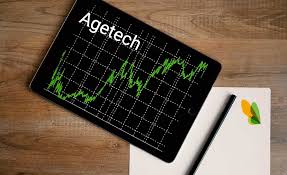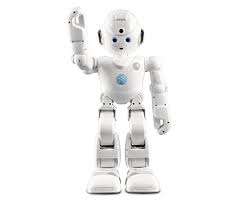Older adults can save tens of thousands of dollars annually by choosing assisted living communities over aging in place in their homes.
Unlike point solutions, Inspiren unifies resident safety, care planning, staffing, and emergency response into a single AI-powered platform.
An artificial intelligence-powered virtual assistant platform for senior living and care providers.
Betting that AI could lighten the clinician load.

 AI technology is permeating every aspect of business technology today. Increasingly it will be deployed in the care of older adults, as apparent in research reports like
AI technology is permeating every aspect of business technology today. Increasingly it will be deployed in the care of older adults, as apparent in research reports like  Some have said the concept of ‘AgeTech’ can be a bit depressing. It is especially bleak when you look at the startup portfolio which aggregates a variety of tech categories to help older adults in their later years,
Some have said the concept of ‘AgeTech’ can be a bit depressing. It is especially bleak when you look at the startup portfolio which aggregates a variety of tech categories to help older adults in their later years,  IEEE wants to drive creation of a standard for AgeTech. The
IEEE wants to drive creation of a standard for AgeTech. The  Some subjects are perennials – like robots for older adults. Here we go again. This must be in some Fast Company editor’s
Some subjects are perennials – like robots for older adults. Here we go again. This must be in some Fast Company editor’s